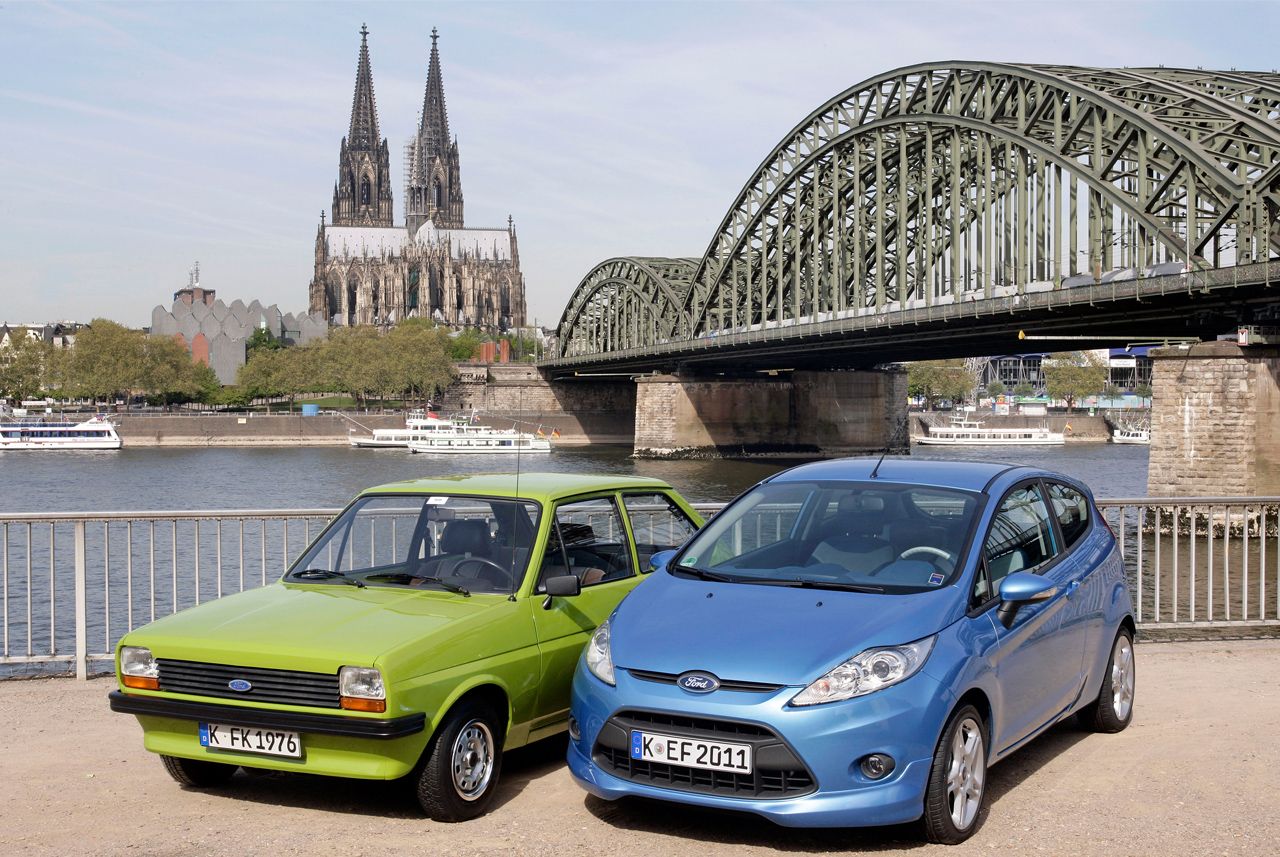Ford's Supermini rolled off the production line for the last time on July 7.
From approximately 1973-1980, the world was struck by a horrible energy crisis, with motor fuel at the epicentre. Due to this, many motor companies worldwide (although especially in Europe and Asia) fought to create smaller, far more efficient cars as a means to keep sales up whilst fuel prices were detrimental. This, naturally, led to major competition: the supermini, which was first pioneered in the late 1960s with cars such as the Autobianci A112. Many motoring companies wanted to profit from this new trend of small, economy-focussed vehicles that could be priced at a lower premium due to their smaller chassis and less-performant engines.
Almost overnight, companies shifted production focus from powerful gas-guzzlers in exchange for small hatchbacks with barely enough room to seat four. To combat the likes of Honda's Civic, Opel's Kadett, Fiat's 127 and Volkswagen's Polo, Ford of Europe launched the Fiesta in 1976. The Fiesta was designed to be fun to drive, simple and affordable to run. In Germany, the Mark I Fiesta started at a low 8485DM (24749€ in today's money, $27161 USD), which when compared with the 1967 Ford Taunus P7's price tag of 17557DM (An astounding 76893€ (($84387 USD)) adjusted for inflation), you can begin to see the huge price reduction of the average car at the time.
Ford's Fiesta has seen seven generations, with the latest being introduced in 2017, which featured a crossover variant that could very well have foreshadowed the end of the controversial-yet-nevertheless-beloved supermini. The seventh generation started at 19809€ ($21,723 USD) in Germany, meaning that new buyers are actually getting a better deal for their money than they were even in 1976, despite today's economy. Over the past five decades, we have seen the Fiesta go from being the runt of the litter of superminis, released over a year after the majority of its competition, become the 22-million-strong hatchback adored by people of all ages.
I'm very sure that one day, people will look back upon the Fiesta much like how many people here in Germany look up to Opels of yesteryear, such as the Kadett or the Manta. After all, the Fiesta sold many variants of the sporting kind, such as the XR2i in 1989 and the ST in 2011. These vehicles may become collectible in 20, maybe 30 years; and with Ford announcing its intentions to slowly wind down its current lineup - with the Mondeo (Ford Fusion for those in America) discontinued in 2022, and the Focus to be discontinued as early as 2025 - we may even expect many more "average day" cars becoming increasingly sought after as those who crave nostalgia start to buy them.
All I can ask is, "What does Ford have next?"
Well...
- Ford has announced the Explorer will be coming to Europe as a fully-electric model, but this variant is to be based on the Volkswagen MEB Platform, which it will share with the Volkswagen ID line of vehicles, among the Audi Q5 and Škoda Enyaq.
- It is unclear that the Fiesta will have a direct successor, but Wikipedia claims that the successor to the now-discontinued supermini is a future electrified Puma, which shared a platform with the Fiesta but in an SUV form factor.
- Ford has recently also discontinued the iconic Mustang pony car with hopes to replace it with the Mustang Mach-E, another SUV with heritage descended from the C2 Platform, which is host to the Focus and the Kuga.






